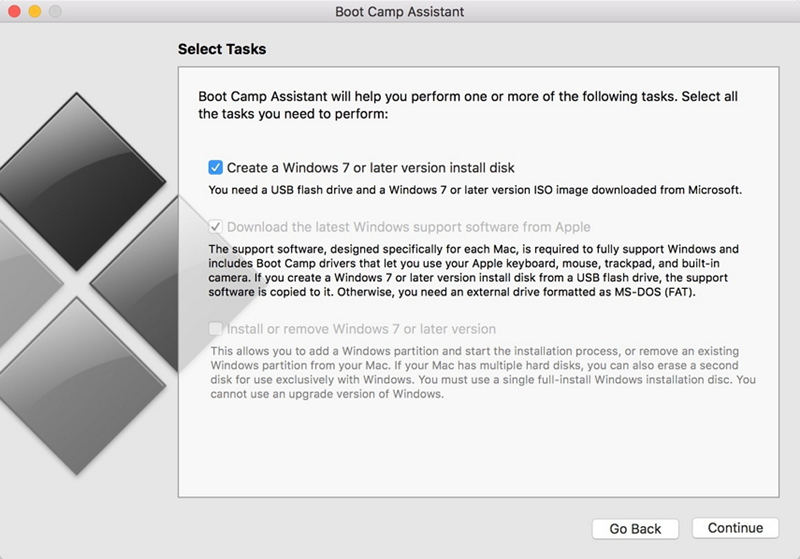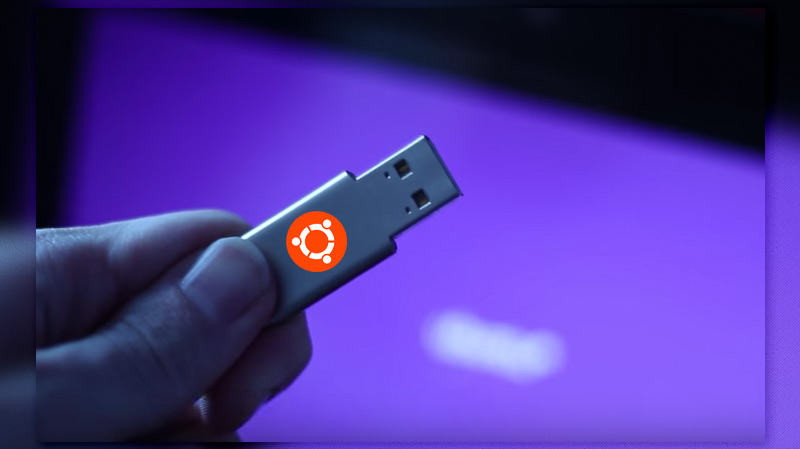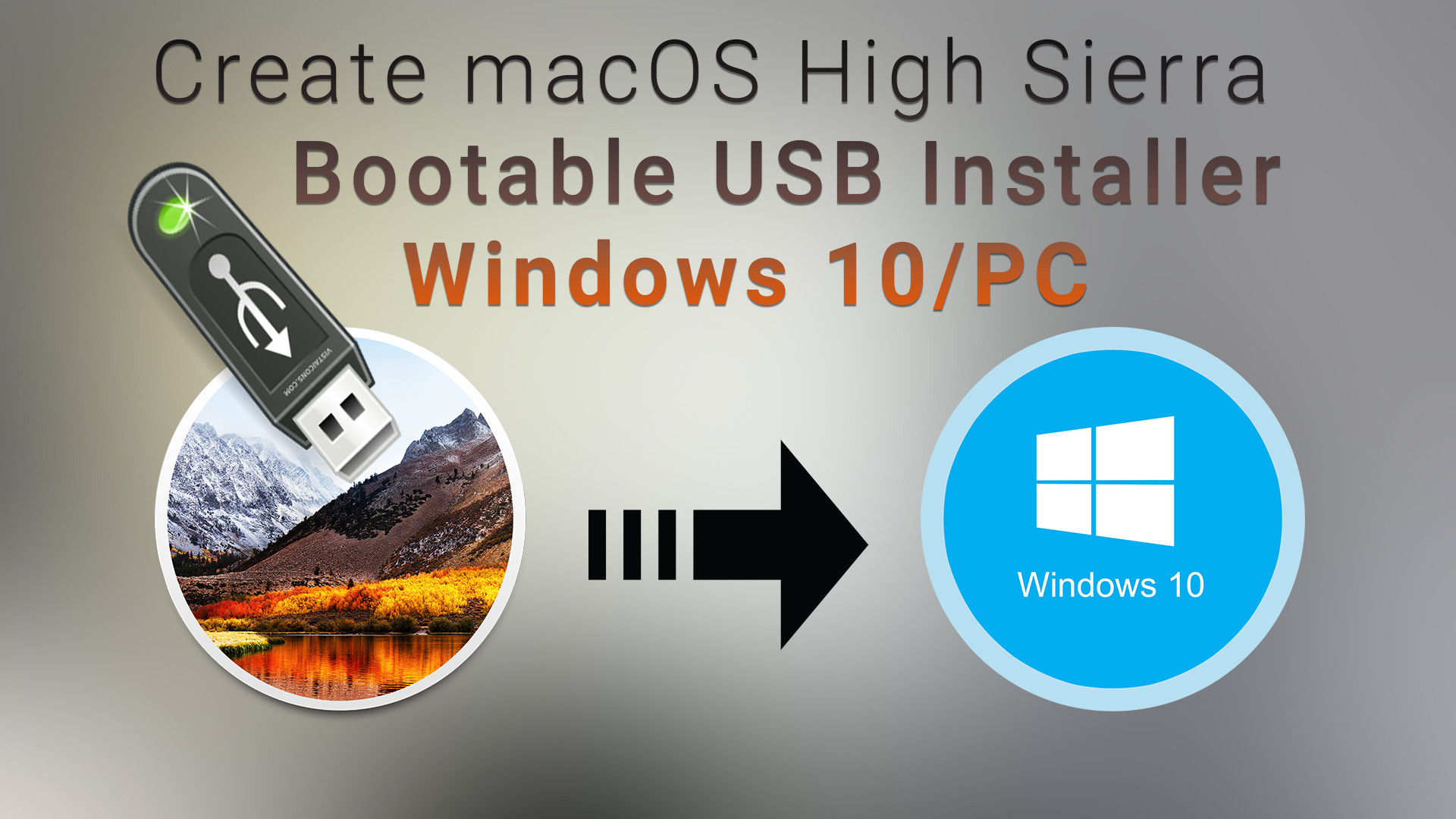The easiest way to create a USB flash installer is with the free program, Disk Creator. Download the macOS Sierra installer and Disk Creator. Insert an 8GB (or larger) flash drive. If you have any. A bootable USB installer is a handy tool for fresh installs of macOS High Sierra. Subscribe Read full article http://wp.me/p1xtr9. MacOS Sierra bootable USB, DiskMaker X 6 is another Application which allows you to create bootable USB on a Mac. Diskmaker x 6 is an open source application which has built with AppleScript. Since it has created with AppleScript it can support many versions of OS X macOS to create a bootable USB Installer.
Sep 28, 2020 • Filed to: Solve Mac Problems • Proven solutions
A Universal Serial Bus or USB Drive, also known as a flash drive is a portable data storage device that includes a memory which includes a USB interface. It is typically removable and much smaller than an optical disc. Any sort of data can be stored in this device. The drives are available in various sizes and as of to date, the 2TB(Tera-Byte) flash drives in terms of storage capacity are the largest ones available in the market.
Format Usb Drive For Bootable Mac
Today, these drives are one of the most consumed used devices in the world. Thanks to their portable nature, affordability, and compatibility, USB drives are being used to send and receive endless information across a surplus of networks and platforms all around the globe. This small tool has opened the world to a stream of limitless options with respect to storing, transferring, copying data, and much more. One of them includes Booting the Mac from such a device.
Part 1. Reasons for Mac Boot from USB
Booting the Mac from USB in a way gives the power back to the user. The likeliest of the reason for choosing the boot from the USB method is that your Mac won't start which denies the user access to the computer. Using an external source like the USB drive helps the user get around the problem. It provides the user access to the contents of the internal drive, assuming the data is safe and not corrupted. It also helps to repair the Mac disk with Disk Utility and other tools. Here are the top reasons why the user should choose to Boot Mac from USB:
- Allows the user to install a different version of macOS.
- It allows the user to test a new version before you make the decision to upgrade.
- Allows risk-free testing of the Beta version.
- Faster and efficient.
- By installing older versions through USB, it permits certain Apps to run which are not compatible with the latest macOS.
Usb Drive Bootable For Mac Os
Part 2. Preparations for Booting Mac from USB
To ensure a risk-free procedure certain measure should be taken:
- The user should buy a name-brand flash drive.
- The USB should contain 16-32GB of free space.
- The user should scan the flash drive with some reputable Anti-Virus software.
- The user should check to see what size of ports they have on the Mac. A 12' Mac only contains a single C-Type port.
- Make sure to purchase the C port flash drive to avoid any inconvenience.
- It is advised that the user should go with a USB 3.0 supported drive, with a size of 16GB to ensure a swift transfer of data.
- The USB drive should be formatted with a supported GUID partition.
- It should contain an OS X installer or a usable operating system to work with.
Part 3. How to Create Bootable USB on Mac
There are a few general guidelines that can help get your machine started which are mentioned above, regardless of the OS the user prefers. Here are the methods to create a bootable USB drive on Mac.
Creating a Bootable USB Using Terminal
The terminal is the default gateway to the command line on a Mac. It is just like the Command Prompt feature works for MS Windows. The Terminal feature ensures a hassle-free experience for the Mac user without the conventional pointing and clicking, the user just has to type the commands and the computer does the rest. The user can find Terminal in the Applications > Utility folder or it can be checked in the finder utility.
Using the Terminal feature is the most simple way to create the bootable USB drive. The user just needs to follow one easy step which is renaming the MyVolume portion of the command with the name of the drive. The name of the drive can be changed using the Disk Utility of Mac. Here are the steps required after opening the Terminal feature to create a bootable USB drive.
- Copy and paste the command which is suited for the version of the operating system into the Terminal window.
- The command for MacOS Mojave is as follows:
sudo/Applications/InstallmacOSMojave.app/Contents/Resources/createinstallmedia --volume/Volumes/MyVolume - Press the Return key.
- Enter the password.
- Confirm to erase the USB drive by typing Y followed by the Return key.
- The terminal will erase all the data inside the drive and create the bootable USB drive.

If there is a need to install a different version of the operating system then the user just has to replace the above-underlined command with their desired version of OS. For example, if the user wants to install Mac OS Sierra instead of Mojave then they would have to replace 'Mojave.app' with 'Sierra.app' inside the command line.
Part 4. How to Boot Mac from USB Media
After creating a bootable USB drive, the user simply needs to plug the created drive into the open port on the Mac. Here are the steps to boot Mac from the USB flash drive:
- Power on the system.
- Press and hold the Option (Alt) key on the keyboard when the computer starts.
- Select the USB drive as a startup disk when the option appears.
- The system will start the boot process off the USB drive.
- Install the operating system from the macOS utilities.
- Data can be restored by using the Time-Machine backup option.
Video Tutorial on How to Boot Mac into Recovery Mode

Part 5. How to Recover Data from Unbootable Mac
The Mac becomes unbootable when the BIOS which is a firmware that is used to perform hardware initialization during the booting process fails to recognize the startup process. It usually happens when there is a failed system update, system crash, damaged MBR, or when the drive becomes corrupt.
Recoverit Mac Data Recovery software is the most efficient option to recover all the lost data when Mac becomes unbootable. Developed by Wondershare, Recoverit is one of the most preferred recovery tools in the world. The tool provides an instant preview of what is recovered after a detailed scan. It allows us to connect almost every type of portable device and recover data from them. Data can be restored by performing the recovery and repair process. The process involves the installation of the Recoverit software that offers users the chance to get back the important data that they had lost.
Step 1. Create a Bootable Media
To recover data from an unbootable Mac, you need to create a bootable media first.
- Installation: Please Install Recoverit by clicking on the icon.
- Select an option: For your crashed Mac, please choose the 'Computer Crash Recovery' option.
- Initiate Recovery Process: Click on 'Start' for the recovery process to launch.
Bootable Usb Drive For Mac From Windows
- Create Bootable Drive: Select the 'Create USB bootable drive' option and click on 'Create'.
- A pop-up dialogue will appear that will prompt the user to format the USB drive.
- Format the Drive: Click on 'Format' Now.
- Recoverit will show you the process of formatting the USB drive and creating a bootable drive.
- After a while, the bootable drive will be built up. And please follow the guides which Recoverit shows you.
Step 2. Recover Data from Crashed Mac

Here are the following steps required to recover data from an unbootable computer.
1. Select the Location
When you launch Recoverit, you can select a location to scan. In this case, we will be performing data recovery on Mac's internal hard drive (Macintosh HD) instead of any other connected source.
2. Scan the Location
As soon as you would click on the 'Start' button, Recoverit will take the needed steps for data extraction. If you want positive results, then try not to close the application in between.
3. Preview and Recover
When the data recovery process is completed, the application will display the results on the interface. You can go to any category of your choice from here and preview the retrieved content. Make the needed selection and click on the 'Recover' button to save your files to a secure location.
All hope gets lost when the computer becomes unbootable and the data gets deleted. Recoverit recovery software is the most convenient program when it comes to retrieving lost data from the computer.
Installing the macOS from a USB flash drive gives the user an instant solution when the Mac installer due to some reason refused to work. The method to create a bootable drive is easier than it sounds. Now, you know what to do whenever you want to upgrade your macOS from a bootable external source by following different methods to ensure a safe and hassle-free process. If you lose valuable data when the Mac becomes unbootable then you can easily recover the lost files by using the Recoverit recovery software. Recoverit guarantees data recovery in no time.
What's Wrong with Mac

- Recover Your Mac
- Fix Your Mac
- Delete Your Mac
- Learn Mac Hacks
If you’re using both Windows and macOS, you’ve to deal with when mac refuses to boot. The reason behind can be from a number of things that could go wrong. This includes system failure, bad updates, power failure, hardware failure. Unless there is a hardware problem that only can be diagnosed at the apple center you can fix your Apple computer.
It is an excellent practice always to have a bootable macOS USB, which you can easily create using macOS operating system. But since we’re here, you probably can want to make bootable USB using Windows 10. Let’s be real, and there are more Windows computers compared to MAC. Fortunately, you can use a Windows computer to create a bootable USB flash drive.
In this article, we’ll help you with the instructions to create a bootable MacOS USB installation media from a Windows 10 computer. So that you can use that USB to install or reinstall (upgrade) Apple’s MacOS. You can create a macos Catalina/sierra bootable USB using this guide to fix your operating system.
What’s needed?
You will need a few things before you get started. The first essential thing in it is a USB drive would be awesome if you use a USB 3.0, but you can get the work done using slow USB as well. So, in contrast, you need these following things.
- One high-quality USB flash drive with 16GB of storage.
- TransMac software.
- MacOS operating system image (DMG file).
How to Create a macos Catalina bootable usb
The guide is simple and straightforward if you follow thiese step.
Download and install TransMac on your Windows PC. It’s paid software with 15-day trial, so you can use it within the time to create a bootable MacOS USB flash drive. If you like the software and to support the developer you can buy the full version.
Plug the USB drive to your Windows computer that you’ll be using to fix your MacOS. And we are going to tell you something straightforward – backup if things stored in USB Drive.
Step 1. Open the TransMac, and select Run as administrator. If you’re using the trial version, wait 15 seconds, and click Run.
Step 2. Use your USB drive right-click on it and select format disk format this will format the USB drive so that it can be used to store the Mac OS operating system. One thing you need took care of that the USB drive needs in GPT partition in order to work on a Mac computer otherwise it won’t boot.
When it prompts select a name for your USB it doesn’t matter but just do it and click ok. If the formatting completed successfully, click OK to continue.
Step 3. Again from the left sidebar right-click on the USB drive and select restore with disk image.
Step 4. Now browse to the location where the Mac OS system image file is located and click ok to load it.
Step 5. Click Yes to create the macOS USB bootable media. I resize for mac desktop.
It will take a few minutes to complete the process because the Mac Operating System is larger than any other operating systems like Windows and LINUX in size. Now plug the USB drive to Mac computer in order to install, install or upgrade the operating system to the latest version of Mac OS, which can be Sierra or later.
THE TOOL CAN
- Apple File System (APFS) volume read support.
- Open Mac APFS/HFS/HFS+ format disk drives, flash drives, CD/DVD/Blu-ray media, HD floppies, dmg, dmgpart, sparsebundle and sparseimage files.
- Copy files to Mac HFS+ disks and dmg images.
Format as HFS+ for Mac . - Save and restore images of disks and flash drives.
- Create, compress, expand and split dmg files.
- Built in burner functionality to burn ISO and dmg files directly to CD/DVD/Blu-Ray.
- Read Mac multisession and hybrid CDs.
- View partition layout.
How to create a GPT partition on a USB flash drive
If the USB flash drive is not working using TransMac, it could be still a partition problem. In this case, you want to redo the entire process again, but this time use the following steps to use the Diskpart command-line utility on Windows to create the appropriate GPT partition.
- Open Command Prompt as an administrator. Type cmd in run dialog or open it from the start menu.
- Type the diskpart command and press Enter. This will display that is connected to your computer.
- Enter the list disk command to view all drives connected to your computer and press Enter. This command will show all of the partitions inside of a disc.
- Type the select disk command followed the number assigned for the USB flash drive (e.g., select disk 4), and press Enter. This command will select the disc partition of your choice.
- Enter the clean command and press Enter. This erases and formats the disc.
- Type the convert GPT command and press Enter. This convert master boot record to new GPT.
- Enter the create partition primary command and press Enter to complete the process.
Bootable Usb Drive Creator Tool
Quickly create a macOS bootable USB on Windows
Create Bootable Usb Drive For Mac On Pc
Now make bootable USB using the TransMac software (follow instructions that are given above). Now connect the USB and power on your Mac computer while holding the option key and then select the USB Flash media to run the installation.
Recovery Mode Mac
Learn using USB on MAC (Apple support page)
Bootable Usb Flash Drive For Mac
Learn more about making bootable USB.
Contents
